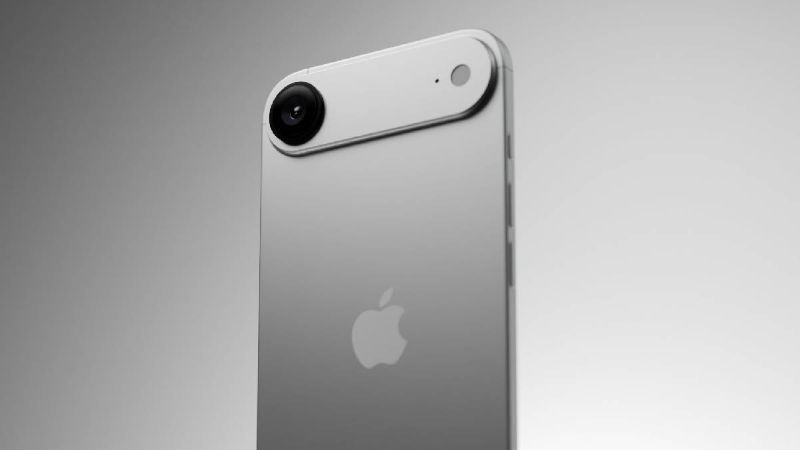Every year, Apple fans and tech lovers buzz with excitement about the newest iPhone. But before Apple makes its big reveal, leaks and rumors start spreading fast. Some of these leaks come from pretty good sources, while others seem far-fetched. That makes many wonder: Are these leaks trustworthy or just rumors to fuel hype?

Recently, whispers about the iPhone 17 have gained momentum. Clues about new designs and features have surfaced online. But how much of this can really be trusted? Understanding how reliable these leaks are helps you decide what to believe and when to wait for official info.
The Nature of Apple Leaks and Rumors
The Source of Leaks: Who and Why?
Leaks mostly come from three groups. First are suppliers — companies that make parts for Apple. They often have early access and sometimes accidentally reveal details. Second are industry insiders, people who work at Apple or closely with the company. They might share info to build reputation or for profit. Third are third-party analysts, who interpret and sometimes guess on what’s coming next.
Why do these leaks happen? Some want to build hype, while others share info to get attention. Sometimes, leaks are part of an effort to spread misinformation or create confusion.
Types of Leaks and Their Impact
Leaks cover two main areas: hardware and software. Hardware leaks reveal design details, new features, or parts like cameras and screens. Software leaks give hints about upcoming iOS updates.
Leaks follow a timeline, starting with rumors months before launch. Early leaks are often vague, but details get clearer as release day approaches. Knowing this can help tell which leaks are just guesses and which are more precise.
The Evolution of Leak Reliability Over Time
In history, some leaks proved right, others wrong. For example, leaks about the iPhone 14’s camera system turned out accurate. But many early rumors for previous models were off. Usually, leaks closer to the release date are more reliable. Patterns show that early leaks should be taken with caution, while those coming later tend to be more accurate.
How to Assess the Credibility of iPhone 17 Leaks
Analyzing the Source: Trustworthiness and Track Record
Some sources have a history of getting leaks right. For instance, a well-known analyst with proven accuracy can be trusted more. Conversely, random social media accounts with no history tend to be less reliable.
Case studies show that leaks from reputable insiders often match what Apple announces. When false leaks surface, it’s usually from less credible sources. Checking who shares the info can tell you a lot about whether to believe it.
Cross-Referencing Multiple Reports
Don’t rely on just one leak. Instead, look for overlaps between different sources. If several independent leaks mention the same feature, it’s more likely true. Using leak aggregators helps see what multiple outlets are saying.
People make better decisions when they verify leaks this way. It’s a good habit before getting excited or disappointed.
Technical Plausibility of Rumors
Some leaks involve features that seem impossible based on current tech. For example, rumors about an under-display Touch ID on the iPhone 17 might seem unlikely without new tech. Comparing leaks with what we know about hardware limits helps judge their likelihood.
Leaks that describe feasible features are more trustworthy. If rumors seem too good or too strange, they might be false.
Timing and Context of Leaks
Leaks early in development are often guesses. As the launch date nears, leaks tend to get more accurate. Experts say leaks during the last few months are more reliable because sources have better access. Timing plays a big role in how much trust we can place in the information.
Challenges and Limitations in Leak Verification
Misinformation and Intentional Disinformation
Some leaks are false on purpose. Companies or individuals might spread fake details to mislead competitors or fans. This makes it hard to sort fact from fiction. Misinformation can lead to wrong expectations and hype that crashes once the truth is revealed.
Limitations of Current Leak Detection Technologies
Verifying hardware leaks before launch is tricky. You can’t open a sealed phone or see inside without the real device. Software leaks are easier to confirm, but they still rely on preview versions. This limits how much we can verify early leaks.
The Role of Aspiration and Hype
Our desire for a perfect phone can skew our judgment. Fans might see leaks as facts, even if they’re just rumors. Sometimes, psychological bias makes us believe leaks because we want something to be true.
Expert Opinions and Industry Insights
Analysis from Technology Analysts and Leak Experts
Many experts say not all leaks are trustworthy. They recommend waiting for multiple independent sources. Some insiders warn that leaks should be taken with a grain of salt, especially early on.
Industry insiders often admit that early leaks are guesses based on incomplete info. They stress that only official announcements are 100% reliable.
Lessons from Past Leaks and Rumors
Looking back at previous models shows a mixed track record. Some leaks proved spot-on, while others failed spectacularly. Apple has learned to control leaks through tight security and trade secret practices. Still, some details still slip through the cracks.
Practical Tips for Consumers and Enthusiasts
Judging the Credibility of Leaks
Always cross-check multiple sources. Be wary of leaks that sound too crazy or too detailed. If something is overly specific early on, it might be a false rumor.
Managing Expectations Based on Leak Information
Remember, leaks are guesses. It’s best to wait for the official announcement before making any decisions. Enjoy the excitement but don’t buy into every rumor.
Staying Informed Safely
Follow trusted tech sites and analyst summaries. Avoid clicking on suspicious links or spoilers. This way, you stay updated without falling for fake info.
Conclusion
The reliability of leaks about the iPhone 17 varies a lot. Some are very accurate, especially when sources have a proven track record. Others are just guesses or intentionally false. As always, it’s best to be cautious, cross-reference info, and wait for official news.
Leaks can be fun to watch, but they shouldn’t replace official sources. For now, the best approach is to enjoy the anticipation without getting carried away by every rumor. Patience often pays off.
Key Takeaways
- Not all leaks are equally trustworthy; check sources and cross-verify.
- Historical accuracy helps, but it’s not a perfect predictor for future leaks.
- Experts advise waiting for official confirmation when possible.
- Approach leaks with a critical eye, and enjoy the tech news without rushing to conclusions.


